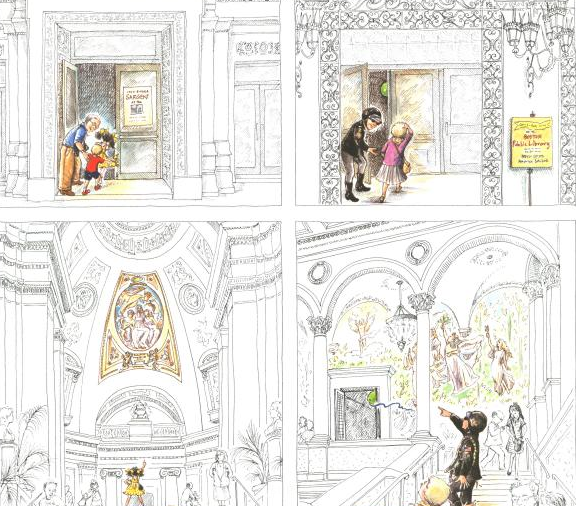The next time I teach my students about the color orange, I will have to read the book, Otto's Orange Day by Jay Lynch and Frank Cammuso.
A level 3, Toon Book, Otto's Orange Day is designed to encourage young readers to enjoy reading. Otto is an orange cat who loves orange. Its his favorite color. One day, he received a special package from his aunt. The box contained a magic lamp. Otto began to dust the lamp when a genie appeared, offering him one wish. Instantly, Otto knew that what he'd like most of all is for everything in the world to be orange.
Eventually, Otto learns that when everything is the same, life is boring and dangerous. Together with his aunt, Otto convinces the genie to return the world to normal.
This text is perfect for first grade readers. Several pages contains rhymes; writing at times is almost rhythmic. I would highly encourage kindergarten and first grade teachers to get this book into their classrooms. Pair this text with a nonfiction book on colors such as Orange. And no color unit would be complete without the color songs.
Close Reading Questions:
How can we tell that Otto likes orange? p. 10
Did Aunt Sally Lee know what the lamp did? How do we know? p. 12
Why wouldn't orange meat be appetizing? p. 22
How we know Otto changed his mind about wanting everything orange? p. 28
What makes you think Aunt Sally Lee understands how genies work? p. 33































